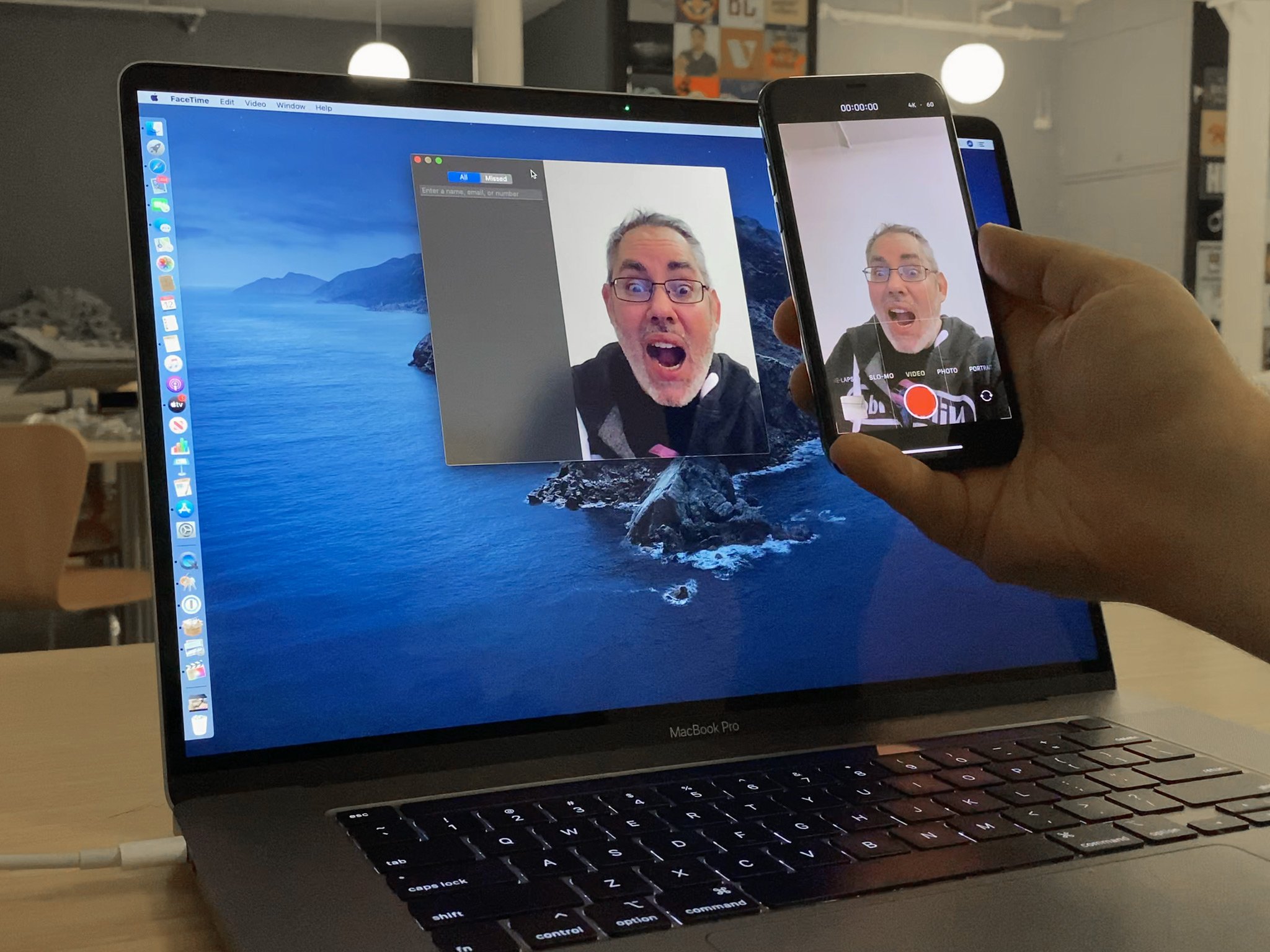
- #FACETIME FOR MAC 2012 INSTALL#
- #FACETIME FOR MAC 2012 DRIVER#
- #FACETIME FOR MAC 2012 UPGRADE#
- #FACETIME FOR MAC 2012 MAC#
#FACETIME FOR MAC 2012 MAC#
This will set GRUB as the default boot option (holding alt at startup goes to the mac boot options screen still. Finally, finish up again in OS X by blessing the partition.
#FACETIME FOR MAC 2012 INSTALL#
Follow the GRUB EFI install procedure, and mount your /boot/efi directory to the hfs+ partition you created. If you want to be able to boot GRUB from the Apple boot loader, you can create a small hfs+ partition (for convenience, use OS X to format it in Disk Utility.app afterwards).Configuration of boot options can then be done from a refind_nf in Arch's /boot directory.
#FACETIME FOR MAC 2012 DRIVER#
Following that, copy the driver folder from the installation tarball into the new rEFInd location, and uncomment the lines "scan_all_linux_kernels" and "also_scan_dirs" options in nf.
The easiest dual-boot option is to install rEFInd from inside OS X, to its root directory (default for install.sh). The swap partition is optional on machines with 4GB of RAM or more. It is possible to resize the newly created partition from within the Arch installation media, or delete it in order to proceed with the creation of other partitions (eg. Boot the Arch installation media or LiveUSB by holding down the Alt during boot. If not, then you may need to fix your partitions from within OS X first. If the above completed successfully, then you can continue. Keep in mind the new partition will be formatted in Arch Linux, so you can choose any partition type you want. Add a new partition by pressing the + button and choose how much space you want to leave for OS X, and how much for the new partition. Select the drive to be partitioned in the left-hand column (not the partitions!). In OS X, run Disk Utility.app (located in /Applications/Utilities). After the OS X partition has been resized, FileVault 2 can be re-enabled. Warning: If your OS X partition is encrypted with FileVault 2, you must disable the disk encryption before proceeding. If your mac finds and installs any updates, make sure to reboot your computer, and then check again for updates to make sure that you installed everything. In OS X, open the App Store and check for updates. Post-installation: MacBook-specific configuration.īefore proceeding with the installation of Arch Linux, it is important to ensure that the latest firmware updates for your MacBook are installed. Install Arch Linux: Actually installing Arch Linux. Setup bootloader: Making sure that the new partition is bootable. Partition: Resizing or deleting the OS X partition to create partitions for Arch Linux. Firmware updates: It always helps to start from a clean, backed up, and up-to-date install of OS X. Specifically, the procedure for installing Arch Linux on a MacBook is: #FACETIME FOR MAC 2012 UPGRADE#
7.1.1 Mavericks upgrade breaks Arch boot option. 6.18 Avoid long EFI wait before booting. 6.17.1.2 Step 2: change "Home" permissions. 
6.1.2 iMac 2020 (with AMDGPU and 5k retina resolution).4.4 Installing GRUB to EFI partition directly.4.2 Using the native Apple bootloader with GRUB.4.1 Using the native Apple bootloader with systemd-boot (Recommended).
 3.3 OS X, Windows XP, and Arch Linux triple boot.
3.3 OS X, Windows XP, and Arch Linux triple boot.  3.2 Arch Linux with OS X or other operating systems. Here is a before and after file and a portion of the actual edited kext, highlighting the edits.Īnyway, I removed the kext and I'm pretty much back where I started. Unfortunately, the webcam simply doesn't function with kext installed. In 'About my Mac' the webcam did show up as a 'Built-in iSight", which it didn't do before the kext. so, it probably is, wouldn't you think?Īt any rate, I followed the instructions to the letter, editing the AnyiSightCam.kext (all 3 instances of both ID's in hexadecimal) and then installing it in S/L/E. I found this thread because I am also trying to fix the FaceTime issue that others have complained about looking *very* pixelated… as if the camera were only 30 x 70 pixels… that, and after a half minute, the whole image starts flickering madly.Īccording to the Sunplus 1bcf: 2809 webcam that comes with the Dell 3550 *is* supported by the Linux UVC driver, but it didn't say anything about whether the Sunplus 1bcf: 2888 that came with my HP 4530s is UVC. Building a CustoMac Hackintosh: Buyer's Guide
3.2 Arch Linux with OS X or other operating systems. Here is a before and after file and a portion of the actual edited kext, highlighting the edits.Īnyway, I removed the kext and I'm pretty much back where I started. Unfortunately, the webcam simply doesn't function with kext installed. In 'About my Mac' the webcam did show up as a 'Built-in iSight", which it didn't do before the kext. so, it probably is, wouldn't you think?Īt any rate, I followed the instructions to the letter, editing the AnyiSightCam.kext (all 3 instances of both ID's in hexadecimal) and then installing it in S/L/E. I found this thread because I am also trying to fix the FaceTime issue that others have complained about looking *very* pixelated… as if the camera were only 30 x 70 pixels… that, and after a half minute, the whole image starts flickering madly.Īccording to the Sunplus 1bcf: 2809 webcam that comes with the Dell 3550 *is* supported by the Linux UVC driver, but it didn't say anything about whether the Sunplus 1bcf: 2888 that came with my HP 4530s is UVC. Building a CustoMac Hackintosh: Buyer's Guide







 0 kommentar(er)
0 kommentar(er)
